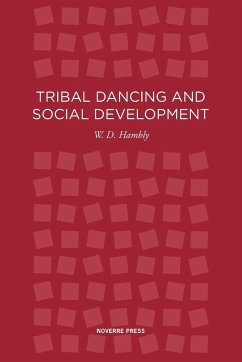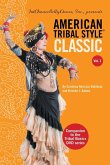"... a slave or an old man was seized and carried off to the bush ... what there befell him nobody could tell, but it is certain that a few days later the masked band returned to the village with a finger, a toe, a bit of skin, or some other part of the captive fastened to a pole ..." The American born, Oxford educated anthropologist, Wilfrid Dyson Hambly (born 1886) lived and worked at a time when missionaries and other "civilising" influences had not completely destroyed the ways of life of primitive peoples, and his Tribal Dancing and Social Development, first published in 1927, remains a major resource in its field. Hambly surveyed dancing and music as a communal activity and expression of emotion from the cradle to the grave, beginning with the celebration of a birth and ending with the dance which follows death - often long after death, like the dance in the Nicobarese ceremony of disinterring the dead and collecting their bones. Hambly casts his net wide: ranging from ancient Egypt and the Inca civilisations of South America to North American Indians, Zulu Warriors, and the extinct Aborigines of Tasmania. The result is not only a major scholarly document, but an enthralling reading experience.








